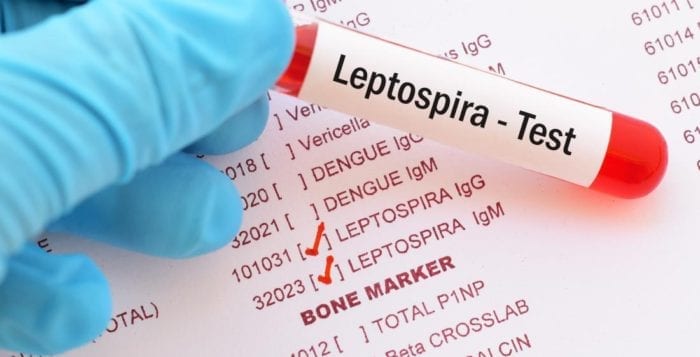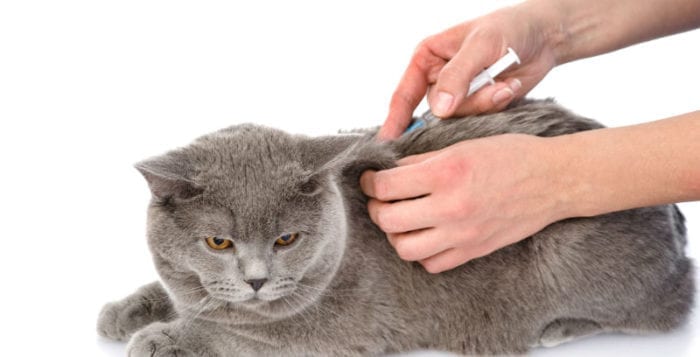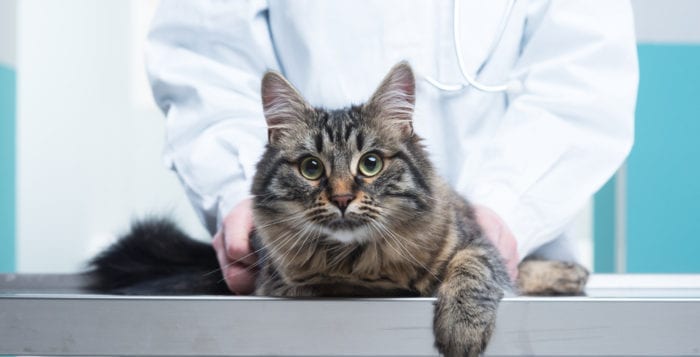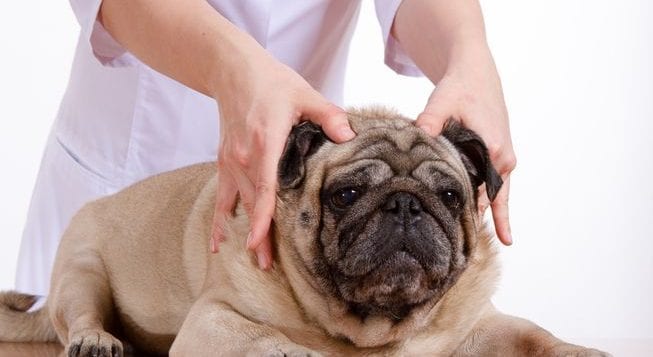By Matthew Kearns, DVM

We recently had a dog present to our clinic for weight loss and decreased appetite. Initially, the owners were suspicious that a change in diet was the culprit. However, as the situation progressed in a negative direction, the owners consented to blood work and it was discovered that the dog’s kidneys were functioning very poorly. Even after referring this patient to a specialty hospital, her condition worsened. She was dead within less than two weeks of a diagnosis of Lyme nephritis.
Nephritis is defined as inflammation of the kidneys. Lyme nephritis is an uncommon manifestation of the infection with the bacteria that causes Lyme disease, Borrelia burgdorferi (Lyme arthritis, or swelling of the joints, is the most common manifestation of disease). What makes Lyme nephritis so dangerous is that it is not only the infection that triggers this condition but also the immune system’s response to the infection. It is the development of an antigen-antibody complex that triggers inflammation in the kidneys and, ultimately, the destruction of the organ.
Antigens are foreign proteins that trigger a response by the body’s immune system. Most antigens are viruses, bacteria, abnormal cells, etc. Antibodies are proteins produced by the immune system in response to antigens. Antibodies identify and tag antigens which signal white blood cells to destroy these foreign invaders. Usually this process just clears the infection or destroys abnormal cells before they can become tumors or cancers. Sometimes the antigen and antibody combine to form a single unit called an antigen-antibody complex. These complexes circulate throughout the bloodstream until they lodge in the body’s tissue (in this case the kidney). Once the antigen-antibody complex deposits in tissues it triggers an inflammatory response that damages the tissue itself.
Lyme nephritis is especially dangerous because the inflammation secondary to these complexes continues even after the infection is cleared and leads to a condition called a protein losing nephropathy. A protein losing nephropathy leads to protein loss, as well as progressive destruction of the kidneys until they shut down completely (as with what happened to our patient). There is no such thing as kidney transplants in dogs at this time and dialysis is both expensive and limited as to which clinics can provide this service.
The best defense to this condition is to vaccinate against Lyme disease before an infection occurs. It is usually a series of two vaccines and then once annually. Remember that this vaccine is only effective if given annually so don’t skip.
In summary, if you live in an area where tick exposure is at higher risk, or you have found ticks on your dog (even if they’ve tested negative in the past), I would recommend a serious conversation about vaccinating your dog against Lyme disease.
Dr. Kearns practices veterinary medicine from his Port Jefferson office and is pictured with his son Matthew and his dog Jasmine. Have a question for the vet? Email it to [email protected] to see his answer in an upcoming column.







 Once the bleeding stops we can evaluate and clean the wound. What is safe to use to clean the wound? Running the wound under a hose or tap will remove dirt and other debris. Studies have shown tap water does not cause significant tissue damage when compared to isotonic saline.
Once the bleeding stops we can evaluate and clean the wound. What is safe to use to clean the wound? Running the wound under a hose or tap will remove dirt and other debris. Studies have shown tap water does not cause significant tissue damage when compared to isotonic saline.

 I authored an article on the benefits of medical marijuana and the legal restrictions of a veterinarian’s ability to prescribe anything with the psychogenic component of marijuana, tetrahydrocannabinol (THC), back in September of 2018.
I authored an article on the benefits of medical marijuana and the legal restrictions of a veterinarian’s ability to prescribe anything with the psychogenic component of marijuana, tetrahydrocannabinol (THC), back in September of 2018.


 I hope everyone has a joyous and safe holiday season and a Happy New Year. Special thanks to Heidi Sutton and all the staff of the Arts and Lifestyle section for making my column possible and another great year.
I hope everyone has a joyous and safe holiday season and a Happy New Year. Special thanks to Heidi Sutton and all the staff of the Arts and Lifestyle section for making my column possible and another great year.


